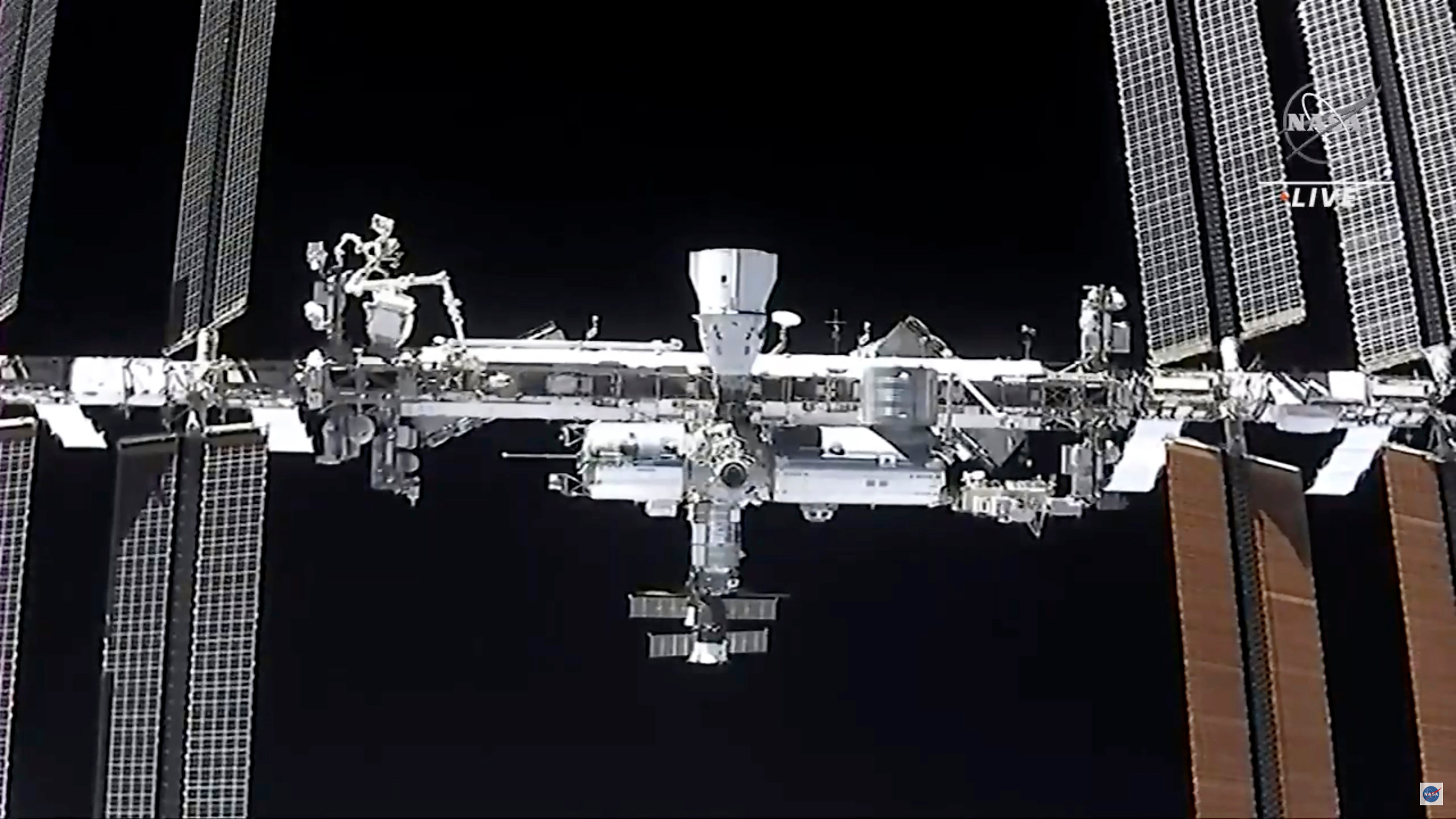International Space Station forced to swerve away from stray piece of spacecraft

Your support helps us to tell the story
From reproductive rights to climate change to Big Tech, The Independent is on the ground when the story is developing. Whether it's investigating the financials of Elon Musk's pro-Trump PAC or producing our latest documentary, 'The A Word', which shines a light on the American women fighting for reproductive rights, we know how important it is to parse out the facts from the messaging.
At such a critical moment in US history, we need reporters on the ground. Your donation allows us to keep sending journalists to speak to both sides of the story.
The Independent is trusted by Americans across the entire political spectrum. And unlike many other quality news outlets, we choose not to lock Americans out of our reporting and analysis with paywalls. We believe quality journalism should be available to everyone, paid for by those who can afford it.
Your support makes all the difference.The International Space Station was forced to swerve away from a stray piece of spacecraft early on Friday.
The floating lab had to take evasive measures to escape from a piece of a US launch vehicle, according to the head of Russia’s space agency.
It is just the latest in a series of dangerous events that have seen astronauts forced to take measures to keep themselves safe from so-called space junk.
Calls to monitor and regulate space debris, or space junk, have grown since Russia conducted an anti-satellite missile test last month. This generated a debris field in orbit that U.S. officials said would pose a hazard to space activities for years.
Dmitry Rogozin, head of Russian space agency Roscosmos, said on Friday that the ISS had been forced to move due to space junk from a U.S. launch vehicle sent into orbit in 1994.
Roscosmos said the station‘s orbit, in an unscheduled manoeuvre carried out by mission control, dropped by 310 metres (339 yards) for nearly three minutes to avoid a close encounter.
Rogozin added that the manoeuvre would not affect the planned launch of the Soyuz MS-20 rocket on Dec. 8 from the Baikonur cosmodrome in Kazakhstan and its docking at the ISS.
Space debris consists of discarded launch vehicles or parts of a spacecraft that float around in space and risk colliding with satellites or the ISS.
In an opinion piece published in the Financial Times on Thursday, former NATO Secretary General Anders Fogh Rasmussen said Russia’s destruction of the satellite last month risked turning space into a junk yard.
“Unless we change course, the opportunities of space to improve our lives on Earth could be closed off for generations,” he wrote.
Space debris also forced NASA on Tuesday to postpone a spacewalk to replace a faulty antenna on the ISS. Last month the ISS performed a brief manoeuvre to dodge a fragment of a defunct Chinese satellite.
In separate comments on Friday, Roscosmos said it hoped NASA chief Bill Nelson would visit Russia in the first half of 2022 to discuss further cooperation on the ISS.
Additional reporting by Reuters
Join our commenting forum
Join thought-provoking conversations, follow other Independent readers and see their replies
0Comments